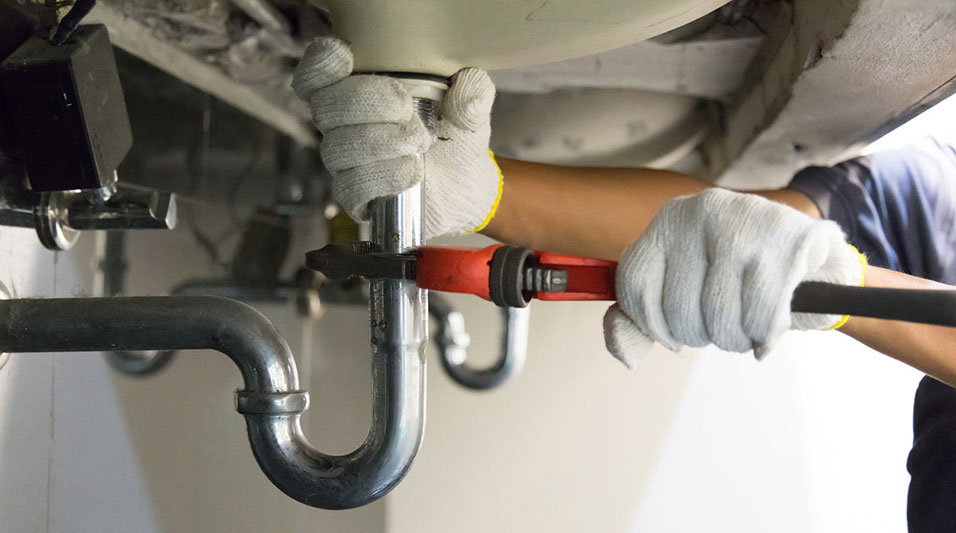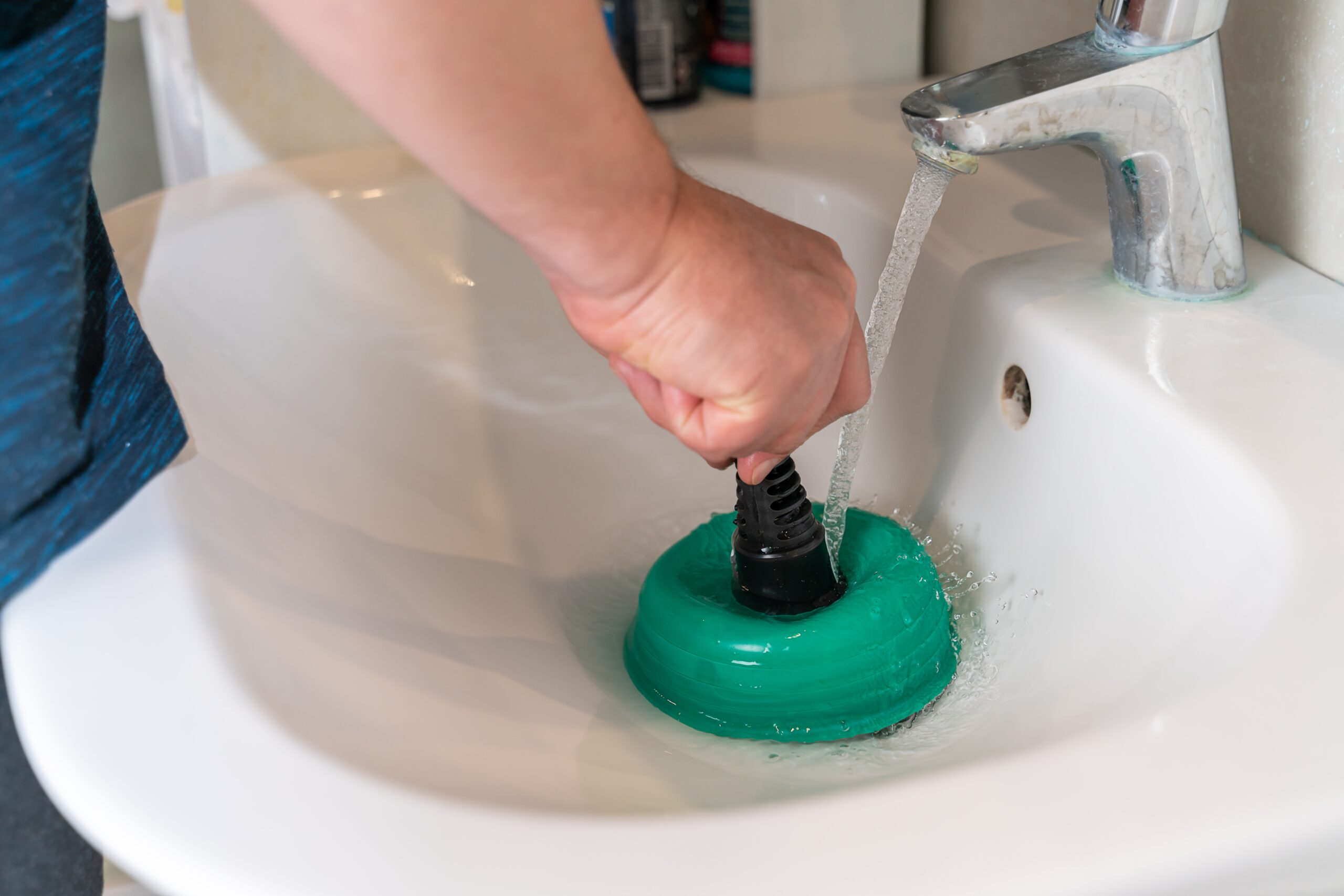Methods for Unclogging a Blocked Drain Before Reaching out to Expert Plumbers
Book ServiceJust how do you really feel with regards to How to handle a clogged drain in your home?

Introduction
Taking care of an obstructed drain can be a frustrating experience, interrupting everyday activities and potentially causing damage to your residential or commercial property. However, prior to reaching out to pipes experts, there are steps you can take to address the problem on your own. In this overview, we'll explore DIY options and safety nets to tackle a blocked drainpipe effectively.
Identifying the Concern
The very first step in attending to an obstructed drainpipe is acknowledging the indications. Slow-moving drain, gurgling noises, foul odors emanating from drains, or water backing up are common indications of an obstructed drain. Determining these indications early can help stop further issues.
Common Root Causes Of Blocked Drainpipes
Recognizing the factors that contribute to drain obstructions is vital for effective resolution. Usual offenders consist of hair, soap scum, oil, food particles, and foreign objects like hygienic products or paper towels. Tree origins invading below ground pipelines can likewise trigger considerable blockages.
Do it yourself Solutions
For small obstructions, numerous DIY remedies can be effective. Putting boiling thin down the drain can aid liquify grease and debris. Sodium bicarbonate and vinegar or a combination of salt and baking soft drink can serve as natural cleansers. Making use of a plunger or pipes snake to displace obstructions is another alternative.
Devices and Equipment
Having the right tools on hand can make DIY drain cleansing much more reliable. A bettor is a flexible tool for clearing obstructions in sinks, commodes, and showers. A pipes serpent or auger can get to much deeper obstructions, while drain cleaning chemicals can be utilized very carefully for stubborn obstructions.
Safety nets
To prevent future blockages, embracing safety nets is essential. Set up drain guards or strainers to catch hair and debris prior to they enter the pipes. Frequently flush drains pipes with warm water to dissolve grease build-up, and avoid throwing away grease or strong waste down the drain.
When to Call a Professional
While do it yourself solutions can settle minor obstructions, certain indicators indicate the requirement for expert aid. Persistent obstructions, foul odors in spite of cleaning up initiatives, or numerous drains supporting at the same time are warnings that warrant skilled intervention.
Choosing the Right Pipes Solution
When selecting a pipes solution, think about elements such as experience, licensing, and consumer testimonials. Select a reputable plumber with a performance history of quality workmanship and clear rates techniques.
Expense Factors to consider
The cost of expert drainpipe cleaning services can differ depending on the seriousness of the obstruction and the plumbing technician's rates. Demand quotes from numerous service providers and ask about any type of service charges to guarantee openness and avoid surprises.
Safety Measures
When trying do it yourself drainpipe cleansing, focus on security. Put on protective gloves and eyewear to stay clear of contact with hazardous chemicals or bacteria. Never blend different drainpipe cleansing products, as this can produce unsafe fumes.
Situation Studies
Real-life examples show the performance of do it yourself remedies and the importance of timely expert intervention in fixing drain blockages.
Final thought
By complying with the pointers outlined in this overview, you can effectively deal with blocked drains pipes and protect against future plumbing problems. Whether selecting do it yourself remedies or looking for professional help, timely action is key to maintaining a healthy and balanced plumbing system and preserving the integrity of your home.
How to Clear a Clogged Drain Yourself (And When to Call In the Professionals)
What Can Clog a Drain
Dirt Skin flakes Hair Grease Soap scum Food Offset pipes Tree roots Small objects Mineral buildup DIY Tricks to Unclog a Drain
You can fix this! Once you have identified the source of the clog (or have a vague idea), you can try one or a combination of these fixes in order to clear your plumbing.
Wire Hanger or Snake
Untangle and clear out hair from a drainpipe with a homemade snake. Use a straightened-out wire hanger with a 90-degree angle hook to locate the clog and drag out any unwanted material.
Remember not to push the clog further down to where the wire hanger cannot reach! If you need to follow up with a plunger, give it a try. Your efforts might be more successful after it’s been wire-snaked.
If you want to get fancy and don’t have a wire hanger to spare, head to the store and pick up a hand-operated drain snake. You can get one for $10-$30. It may save you the hassle, and provide additional length to reach deep into the clogged pipe.
Plunger
A cup plunger has a suction cup attached to a wooden handle. The rubber creates a seal around the drain, and increases the pressure force of the plunger.
Plunge for 30-second increments to loosen the clog. This may need to be repeated over the course of 15-20 minutes. Once plunged, run the water to flush the remaining material out of the drain.
Remember– never use a plunger if you have used a chemical drain cleaner. These chemicals can splash up from the force of the plunger and cause serious injury or burns.
Boiling Water
Hot water can sometimes break up materials into a flushable amount. Dirt, grease, and soap buildup requires heat in order to unstick from surfaces.
Take your kitchen kettle and heat your water to a boil. Once it reaches a rolling boil, pour it directly down the drain into the blockage. Carefully follow with plunging, if necessary.
Don’t worry if this takes more than one try! It can often take multiple kettles and repeated plunging in order to clear a particularly stubborn clog.
Chemical Drain Cleaner
As a last resort, pick up a bottle of chemical drain cleaner. Drain-cleaning chemicals are potent, and not very good for the environment.
You may need to wear protective eyewear in gloves before handling your bottle of chemical drain cleaner. Follow the instructions printed on the bottle, and flush with water as soon as the instructions allow. Do not follow with plunging.
Baking Soda and Vinegar
As a safer alternative to chemical drain cleaner, baking soda and vinegar can create a chemical reaction that clears tough clogs.
Combine one cup of cleaning vinegar with one cup of boiling water, and set aside. Once you have done this, pour half a cup of baking soda down the drain. Give the baking thirty seconds to settle and cover a large portion of the problem drain.
Following the baking soda, pour down your vinegar and hot water solution. Once the vinegar and baking soda combine, the mixture will bubble and fix. Let this reaction fizzle in the drain for about an hour.
After an hour, follow with a kettle’s worth of hot water. The heat and liquid should flush out any remaining material.
When to Call a Plumber
If your DIY attempts haven’t cleared your clog drain, it’s time to call in a professional. It’s not worth losing access to your kitchen sink or high-traffic bathroom. A clog in a vital area can keep you from the things you’d rather be doing, and derail your routine.
Anytime a clog is causing water to spread is a time to call in a plumbing service. What starts out as a little bit of water can quickly grow into serious, expensive water damage.
Additionally, a serious clog can result in burst pipes or serious leaks. Make sure you know when to take it seriously!
https://myguysnow.com/how-to-clear-a-clogged-drain-yourself-and-when-to-call-in-the-professionals/

As a reader on , I think sharing that portion was essential. Sharing is good. One never knows, you may just be doing someone a favor. I truly appreciate your readership.
Visit Homepage